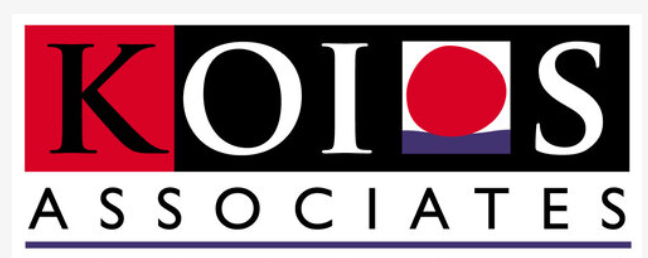There is a growing consensus among those who claim to understand such things that, following some three decades of price stability, inflation has returned to the U.S. economy. How else to explain the statement by the Federal Reserve Open Market Committee, in the minutes to its mid-December meeting, that “As elevated inflation had persisted for longer than they had previously anticipated, members agreed that it was appropriate to remove the reference to ‘transitory’ factors affecting inflation in the post-meeting statement and instead note that supply and imbalances have continued to contribute to elevated inflation.”
In plain English, the committee rejected the notion that the inflation we currently see is down to (mostly) pandemic-related causes that will soon abate: labor shortages, a consumer spending spree to follow the increase in household savings during much of the pandemic, shipping bottlenecks…Add to that a spike in airfares as business people and vacationers return to the skies and a feeding frenzy in domestic residential housing markets, and we have all the evidence we need to go up to our attics and dust off the WIN (Whip Inflation Now) buttons made popular by President Ford in the mid 1970s.
There’s another narrative circulating: it’s all Biden’s fault. According to Kevin McCarthy, "Inflation is running rampant due in part to out-of-control spending from President Biden and Speaker Pelosi." Rep. Elise Stefanik, who became No. 3 in the Republican House “leadership” in the night of the long knives purge of Liz Cheney, went even further, saying that "inflation is skyrocketing because of Democrats’ reckless and wasteful spending". Never one to remain silent, Sen. Ted Cruz opined that “when it comes to spending, spending trillions is what is driving inflation." Rep. Jim Jordan tweeted that Democrats "spend trillions of dollars. Then ignore inflation." (No mention of the possible inflationary effects of Trump’s trillion-dollar tax cuts).
A recent article suggests another, at least partial, explanation for the current wave of inflation: it’s Trump’s fault. The Economist, which published the article, wouldn’t say so outright, but it’s easy enough to follow the dotted line. Starting in early 2018, then-President Trump raised tariffs on a wide range of imports from China and the Chinese, naturally, responded in kind. Average U.S. tariffs on Chinese goods leapt from 3% to 19% and China’s reciprocal tariffs from 8% to 21%. According to research cited in the article, “the tariffs were applied to even more trade as a share of American GDP than were the notorious Smoot-Hawley levies of 1930.”
Trump claimed victory, tweeting in May 2018, “China has agreed to buy massive amounts of ADDITIONAL Farm/Agricultural Products – would be one of the best things to happen to our farmers in many years!” and telling reporters in September 2019, after another round of tariff increases, that China, not U.S. companies or consumers, is paying for the trade war. "We’re taking in tens of billions of dollars!”
The facts are these, as reported by The Economist. Initially, American importers absorbed some 90% of the cost of U.S. tariffs as they tried to keep prices stable. That could not last, however, and eventually the tariffs, as they typically do, were passed on to consumers. In addition, researchers at the Federal Reserve Board estimate that the tariffs contributed to a 1.4% decline in American manufacturing employment.
In trade wars both sides typically lose, and the Trump-launched U.S.-China conflict is no exception. It is estimated to have led to a 2.5% contraction in per capita GDP in China’s most export-intensive regions.
But if we are pointing fingers, it was Trump, not China, who started this trade war and Trump and the Republicans far more than Biden and the Democrats who bear responsibility for today’s inflation.
